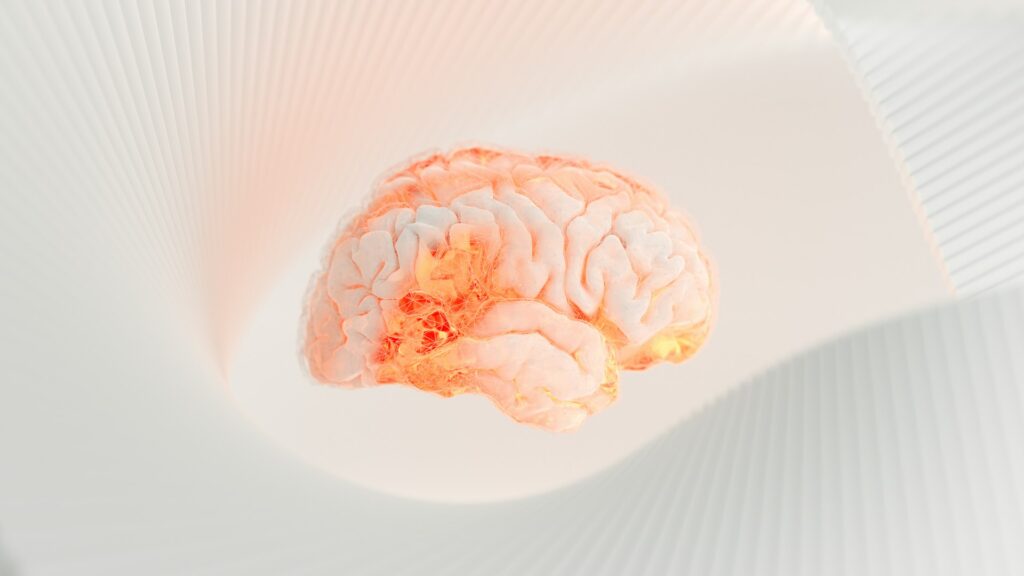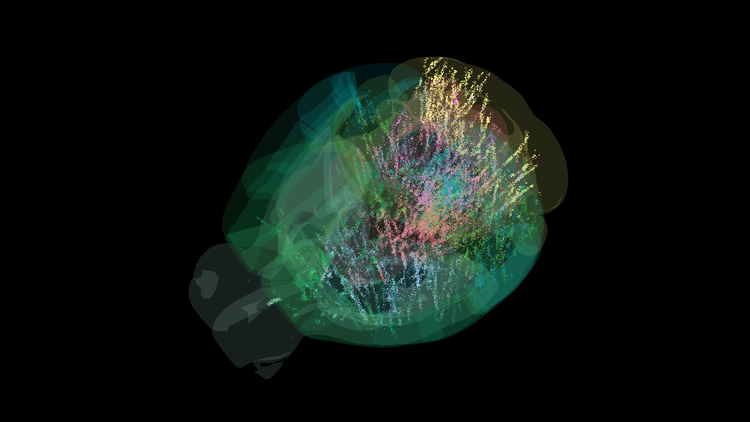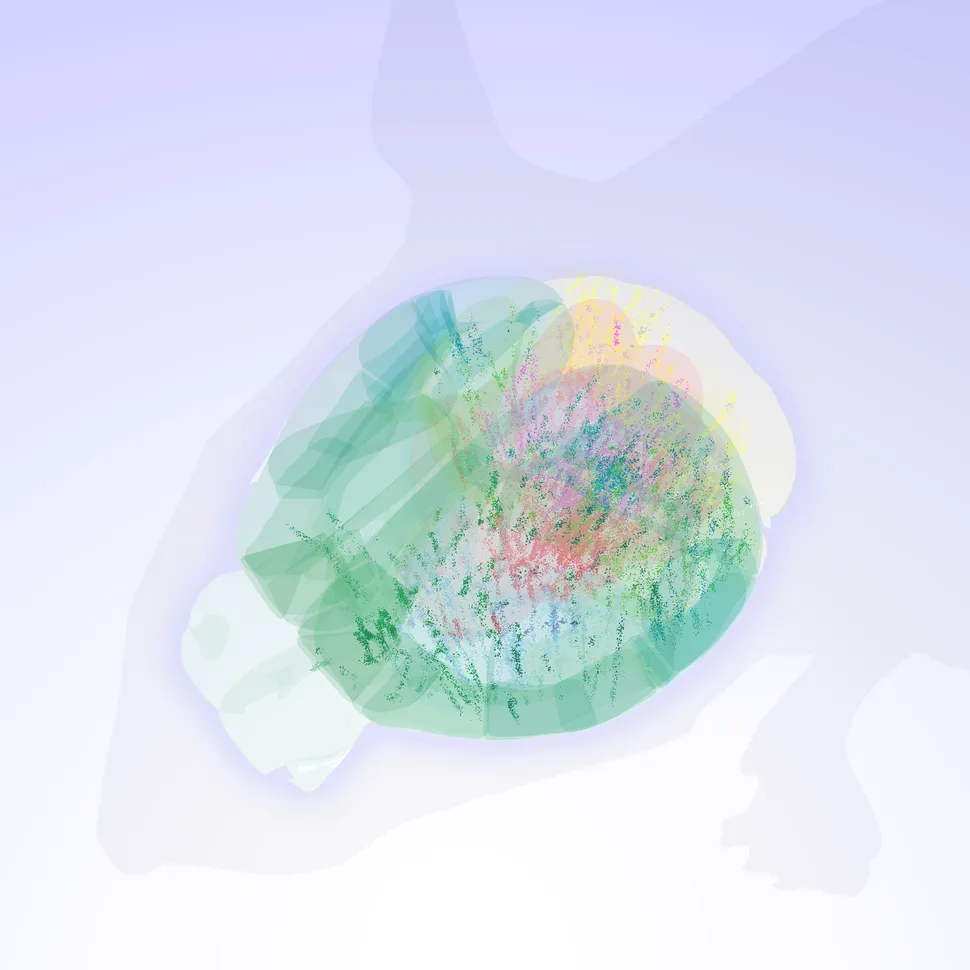Coffee or tea? Turn left or right? These decisions feel so quick and automatic. But the journey those thoughts take inside your brain? That’s one of science’s biggest mysteries.
For a long time, we thought we had a basic idea of how it worked: information comes in, a part of the brain processes it, and another part makes the decision. Simple, right? Turns out, it’s not that straightforward.
A major international project just revealed something that’s shaking up everything we thought we knew. They’ve mapped out 600,000 brain cells, and it’s completely changed the game.
Published in Nature, these findings from the International Brain Laboratory (IBL) show that making decisions isn’t a neat, step-by-step process. It’s more like a brain-wide flash mob; an all-over-the-place event lighting up your brain in ways we never imagined.
Contents
A Big Problem in Neuroscience

To understand why this new map is so revolutionary, you need to know what problem it’s solving.
For years, neuroscience labs worked like separate islands. One lab in London might focus on vision in mice, while another in New York studies memory. They all used different tasks and different methods of analysis.
This led to a big issue. When results didn’t match up, no one could figure out why. Was it the task? The method? The specific part of the brain? It was impossible to create a clear, unified picture of how the brain worked.
Matteo Carandini, a key member of the International Brain Laboratory (IBL), likened it to astronomy. He said it was like “someone pointing a telescope at one galaxy, while other astronomers pointed theirs at different galaxies, each saying, ‘My galaxy does this!’ or ‘No, mine does that!’”
Science hit a wall. To make progress, researchers needed a way to see the entire sky at once.
Read: This Scientist Says We’re Living in The Matrix And He Has Evidence to Prove It
Building a “CERN for the Brain”

Tired of the scattered approach, a group of scientists decided to take action and formed the International Brain Laboratory in 2017. It was a bold idea for neuroscience. Instead of working separately, dozens of labs across the U.S. and Europe would collaborate on a single, standardized experiment. They would operate like a unified team, similar to how particle physicists work together at CERN or how scientists came together for the Human Genome Project.
The experiment itself was surprisingly simple. They trained 139 mice to do the same task. A striped circle would flash on the left or right side of a screen, and to get a sip of sugar water, the mouse had to turn a small wheel in the correct direction. This task was easy to replicate across all 12 labs involved.
What made this huge effort possible was a breakthrough technology: Neuropixels probes. These tiny silicon chips, about the thickness of a human hair, are packed with nearly 1,000 microscopic sensors. One probe can listen to the electrical activity of hundreds of neurons in different brain regions at the same time.
It was the perfect tool to finally give scientists a complete view of the brain.
How the Brain Makes Decisions: Old Model vs. New Discovery
The IBL team used 669 Neuropixels probes to record activity from over 600,000 neurons, covering 95% of the mouse brain. What they found completely shattered the old ideas about how the brain makes decisions. The classic model was simple:
- See: Your visual cortex processes an image.
- Think: It sends that info to the “smarter” parts of the brain, like the prefrontal cortex, to make a decision.
- Act: The decision is sent to motor areas, and you move.
It was a neat, step-by-step process. But the data from these 600,000 brain cells painted a much messier picture. Yes, the visual cortex lit up first, but after that, the idea of a linear assembly line broke down. Signals related to the decision, movement, and reward didn’t stay in separate areas.
Professor Alexandre Pouget, an IBL co-founder, said the reward signal “lit up the brain like a Christmas tree.” This wasn’t a neat chain of command. It was a coordinated, brain-wide conversation.
Aspect of Decision-Making
Traditional “Textbook” View
New Finding from the Brain-Wide Map
Information Flow
Linear and sequential (See → Think → Act).
Parallel and highly distributed.
Role of Brain Regions
Highly specialized and localized.
Functions are widely shared across the brain.
Timing of Signals
A clear chain reaction from one region to the next.
Signals appear nearly simultaneously across the brain.
Influence of Beliefs
Integrated late in the process in “thinking” areas.
Encoded brain-wide, even in early sensory areas.
This discovery flips our understanding of how the brain works. Instead of a bureaucracy with isolated departments, the brain operates like a massive, interconnected network where decisions emerge from the combined activity of the whole system. This kind of design likely makes the brain super fast and flexible.
Also See: Your Brain is Hiding the Reality from You, And That’s Exactly What Keeps You Alive
Your Brain is a Prediction Machine

The second IBL paper uncovered something even more mind-blowing about how the brain makes decisions.
In some experiments, the researchers made the striped circle very faint, forcing the mice to guess. The mice quickly learned to use their past experience to make smarter guesses. If the circle had appeared on the left a few times in a row, they’d predict it would show up on the left again.
This is known as using a “prior belief.” The old model would say this belief is stored in a higher-level thinking area. But the IBL discovered that this belief signal was everywhere. Surprisingly, even in the brain’s earliest sensory areas, like the thalamus, which is the first stop for visual information.
This means you’re not just passively seeing the world around you. Your brain is always building a model of reality based on what it’s experienced before. It’s constantly predicting what’s going to happen next. What you “see” is actually a mix of what’s really out there and what your brain expects to see.
This supports a theory called the “Bayesian Brain,” suggesting our beliefs influence our perception right from the very start of processing.
What This New Brain Map Means for Our Future
This map of 600,000 brain cells offers a critical blueprint for understanding what goes wrong in the brain. Conditions like schizophrenia and autism are thought to be linked to how the brain processes expectations and sensory information. This new, more complete view could open up fresh ways to study and even treat these complex disorders.
Of course, this is just the beginning. The study shows a strong connection: this brain activity happens during decision-making. The next big challenge is proving that it causes the decision. Scientists will need to manipulate these brain-wide networks directly to see if they can actually change how decisions are made.
One of the most exciting aspects of this project is its commitment to open science. The IBL has made the entire dataset public, meaning any scientist, anywhere, can access it and make their own discoveries. It’s a resource that will spark a whole new generation of questions, and a groundbreaking way to explore them.